
KTM RC 390 vs Kawasaki Ninja 300 Picture Gallery
- Oct 30, 2014
- Views : 218899

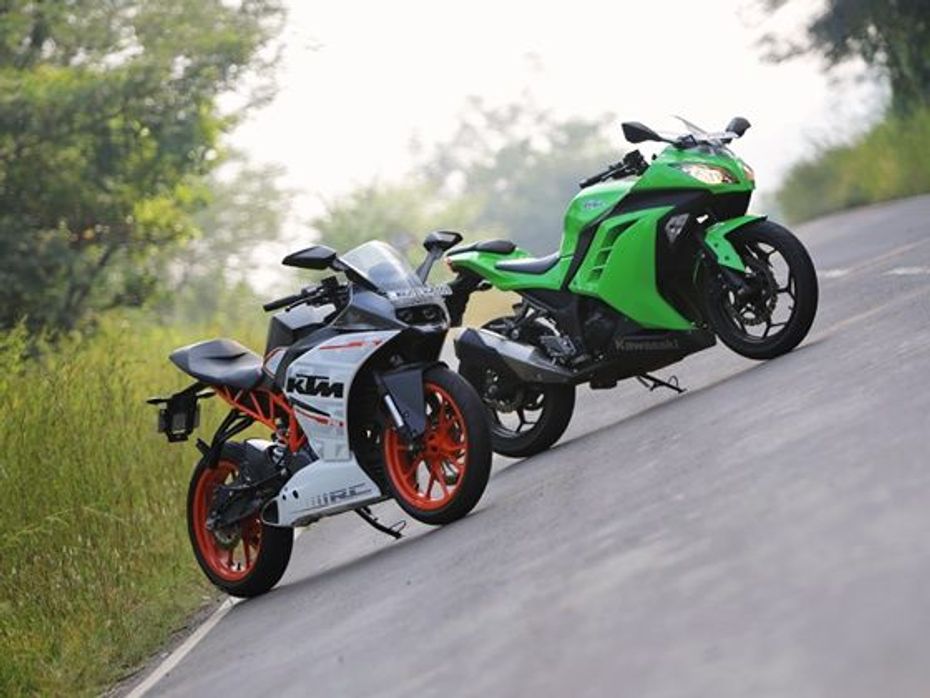
This fight is a lot more intense than I had initially imagined. The KTM RC 390 has a bigger 373cc engine scooping out 4-precious-PS more than the Kawasaki Ninja 300, yet the RC is a lot more affordable than the Japanese compact sports-tourer. This should have been the case --- close and dismiss, if observed rather superficially. But, look closer at these two marvellous bikes, and then this is actually where the fight begins.
Design and Features
Despite being having full-faired and razor sharp designs, the approach to the design is very different, individualistic and true to their brands. The Kawasaki has traces of the flagship ZX-10R using the 'mass-forward, minimalist-tail', especially with the twin headlamps, layered fairing and aerodynamic windscreen. The KTM looks like nothing else on the street with its win projector lamps with daytime running lights and raked out windscreen.
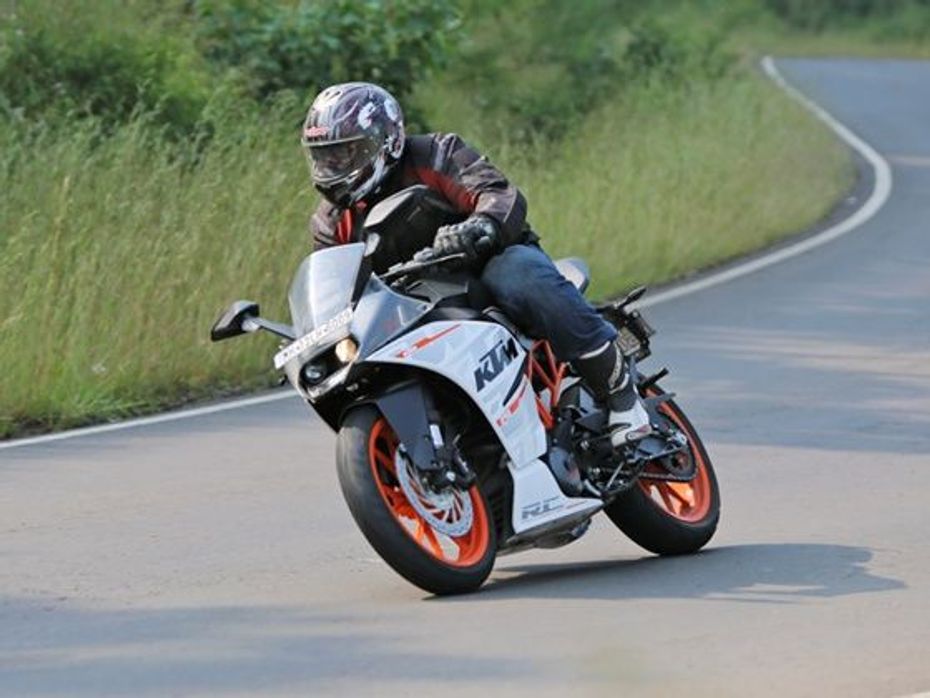
The Kawasaki Ninja 300 is a shade softer in terms of styling and shape. The KTM is more aggressive with a Stealth Bomber like chiselled body and the exposed trellis frame and multi spoke alloys - both dipped in racy bright orange paint.
Both these bikes sport split-step-up seats in sports-bike fashion, and while the Ninja has its turn indicators neatly integrated into the side panels, the KTM has them uniquely mounted on the mirrors. Another interesting design feature is the rear seat which gives it the illusion of a cowl. The RC looks more compact and even has its underbelly exhaust beautifully integrated into the fairing. No surprise that the Ninja 300 is heavier and also seems bulkier due to its muscular panel design, colour combination and a chunky conventional exhaust.
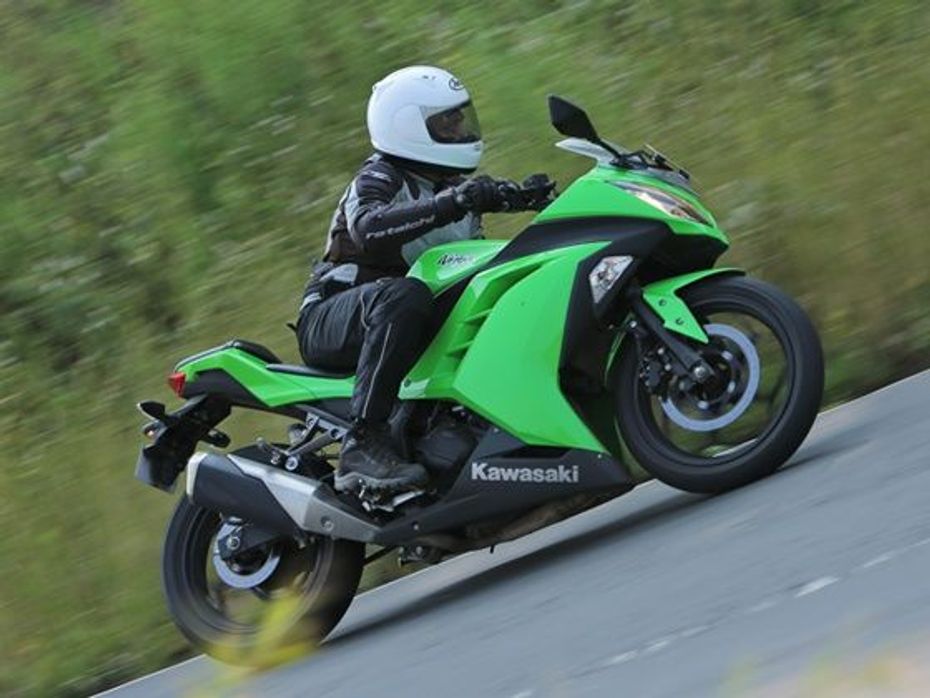
There is no shortage of character in these bikes - the KTM is easily sharper and more radical than the Japanese bike, but a huge drawback is that it looks identical to the smaller and more affordable KTM RC 200. Keeping to the heritage of Ninja, Kawasaki Ninja 300 with its mature proportions better fits the sports-bike part and price.
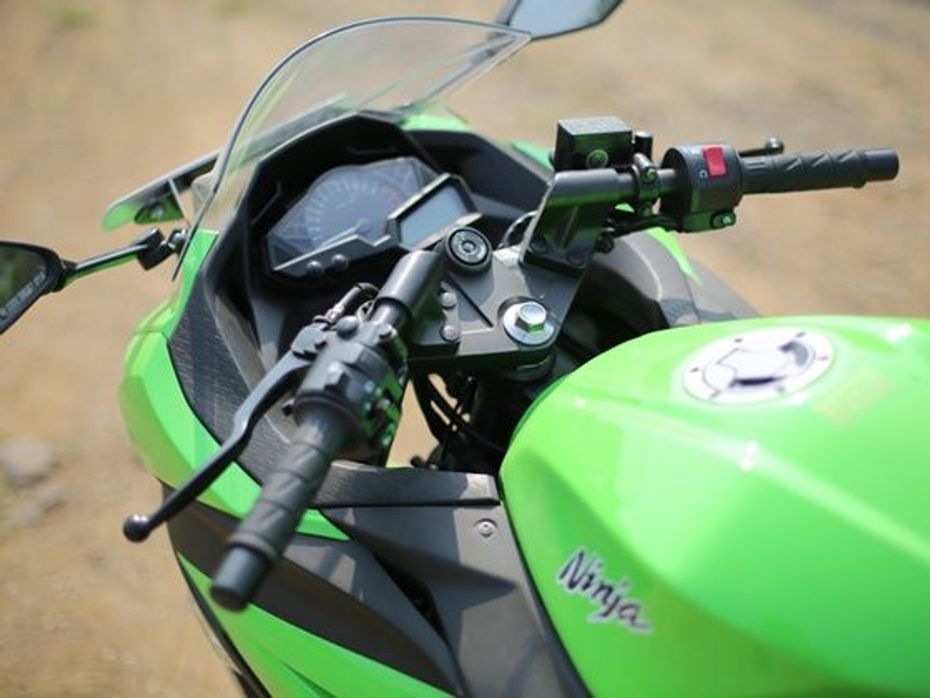
Build Quality and Ergonomics
It's not just bigger, but the Kawasaki Ninja 300 also looks and feels more expensive than the KTM RC 390. The locally assembled Ninja is solid with quality which surpasses the Austrian supersport. The touch and feel is what you would expect while buying a Kawasaki - resonating high quality and using top-class materials. There's not much to complain about the KTM RC 390 either except for the fit and finish, and some protruding cables and wires which expose the Bajaj association.
The RC 390 borrows the fully-digital instrument console from the KTM 390 Duke displaying all the basic information needed by the rider. Though, I prefer the Kawasaki approach with a massive analog tachometer and digital speedo, which are easier to read on the go. The tapered mirrors of the RC fail to give as good a view trailing vehicles, as on the broader RVMs of the Ninja.
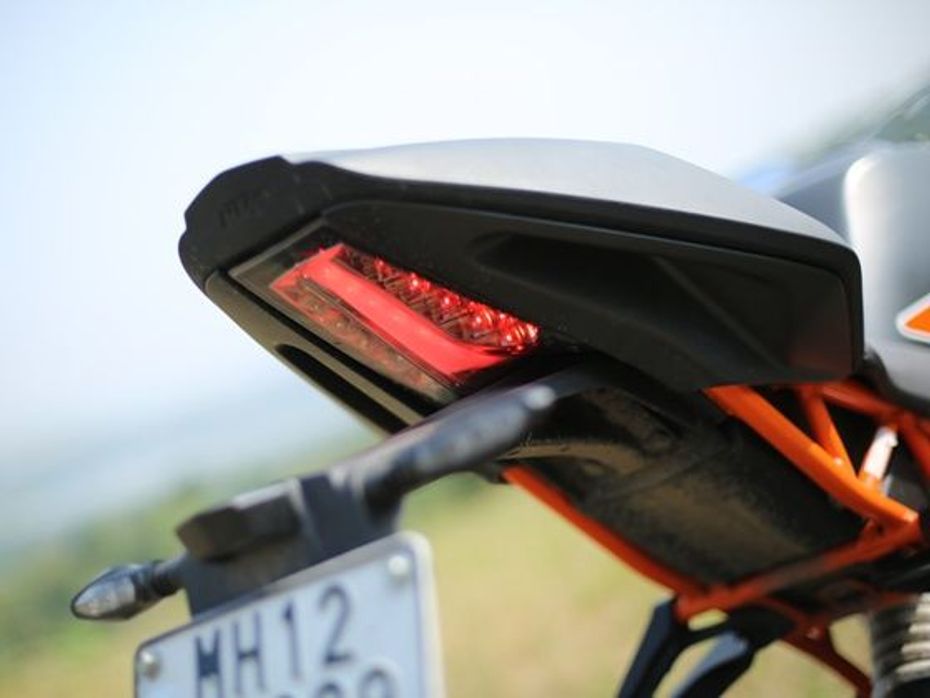
Like a true blood supersport, the KTM RC 390 employs a flat and wide, triple clamp mounted clip-on bars. Along with the thin seat and foot peg position, the RC 390 offers a very dynamic and sporty riding stance. You'll have to grip the bike harder with your thighs to reduce the stress on your wrist and back. The RC has better ground clearance and higher saddle height to enhance agility. It's a hardcore sports bike built for speed and tailored for track riding.
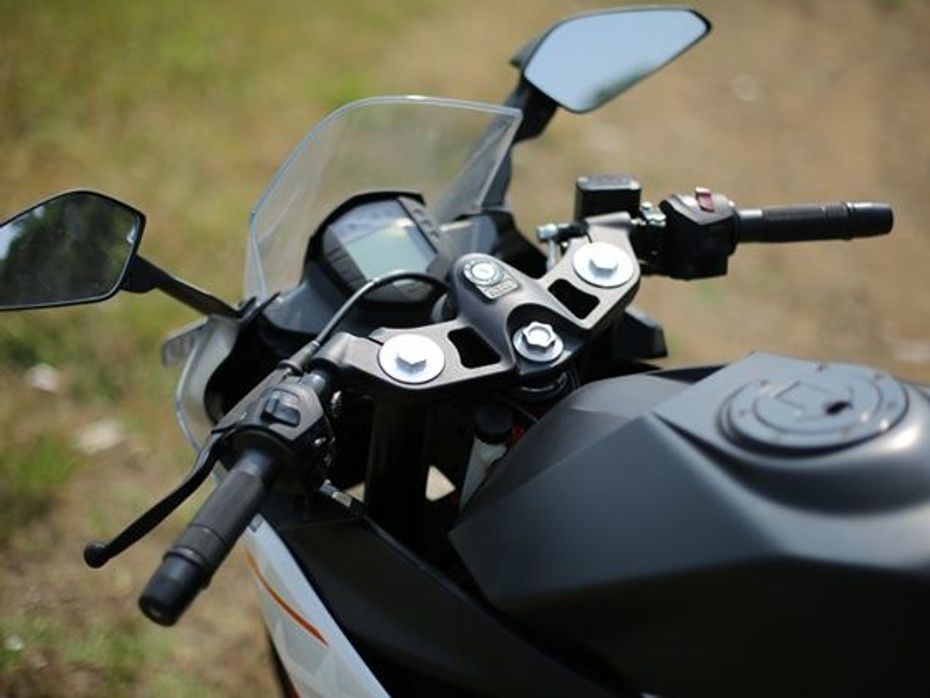
The raised two-piece handlebar of the Kawasaki Ninja 300, in spite of being reasonably sporty is a lot more comfortable and offers a good grip on the motorcycle without forcing the rider to be curled up behind the screen. This is a big advantage, especially for those looking for a sports tourer or a casual riding machine. To further reinstate this point, the Kawasaki also gets under seat hook and even a few slots to bungee cords.
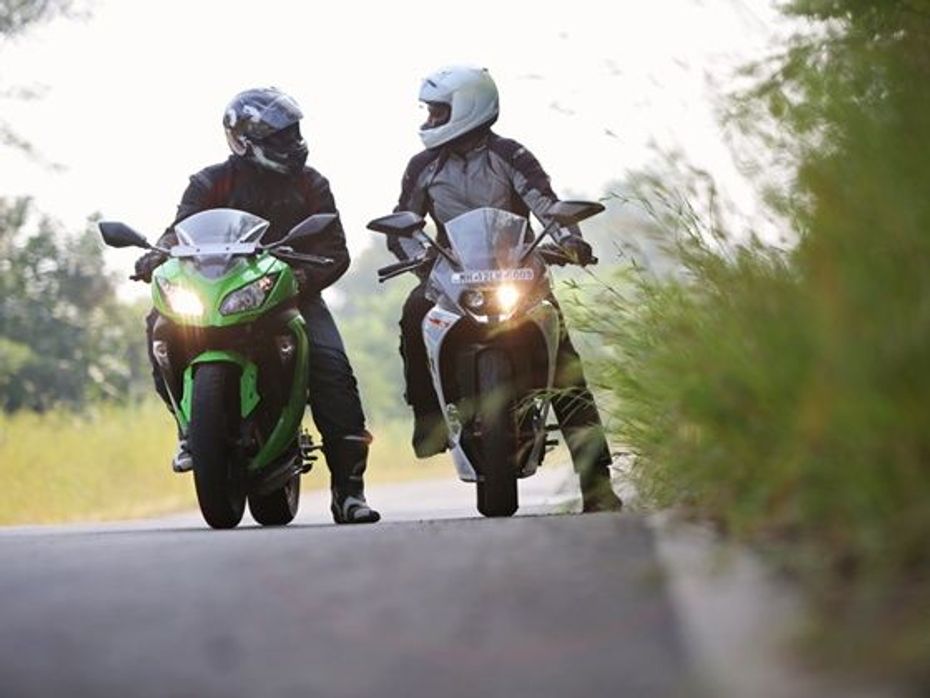
Engine and performance
One of the biggest differentiator between the two machines is their powerplants. The KTM RC 390 is powered by a single-cylinder 373cc liquid-cooled motor delivering an awesome 43PS of peak power at 9,000rpm and equally impressive 35Nm of maximum torque at 7,000rpm. Like a race horse eager to lunge out of the starting gate, the RC is raring to go as soon as one cranks it up. There is a huge surge of power right from 5,000rpm and the motor briskly accelerates it to a top speed of about 170kmph. It's fun to ride and very rewarding. Wring the throttle and there's instant power to pull you out of the corner or to help overtake with a distinctly KTM exhaust note in the background.
However, the KTM single is not as refined as Kawasaki parallel twin. The Ninja is lower in capacity with a 296cc mill producing comparatively low maximum power of 39PS at 11,000rpm. On paper even the 27Nm does sound puny, but the torque is so well spread that one doesn't need to work the 6-speed gearbox much. The Ninja can be ridden callously at low speeds in practically any gear, unlike the tall-geared KTM, making the Kawasaki easier to ride.
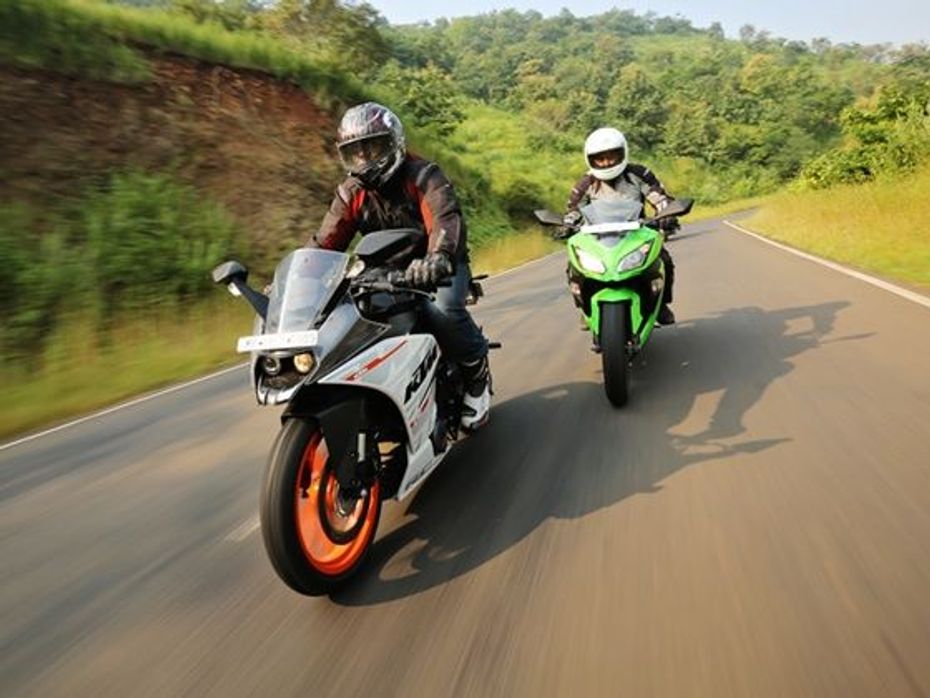
It’s a closely matched fight even in the straight line. For an enthusiast the power delivery of the KTM RC 390 is simply spectacular; in a straight line the light weight RC steams ahead of the Kawasaki Ninja 300 almost immediately. Deploying the strong mid-range and a higher top whack of over 180kmph, the Ninja does close in the gap and I reckon it would even overtake the KTM if given the road.
These are two completely different species. The KTM is more hardcore, always buzzing with energy and even redlines earlier at 10,500rpm compared to the Ninja 300's 13,000rpm. The Kawasaki is ever composed, smooth and when asked can deliver terrific performance. The power it makes is more useable and more importantly more controllable. Moreover, it also disperses engine heat more efficiently than the RC 390. And the Japanese twins sound simply spectacular... like a jet turbine in action. It's such a huge turn on!
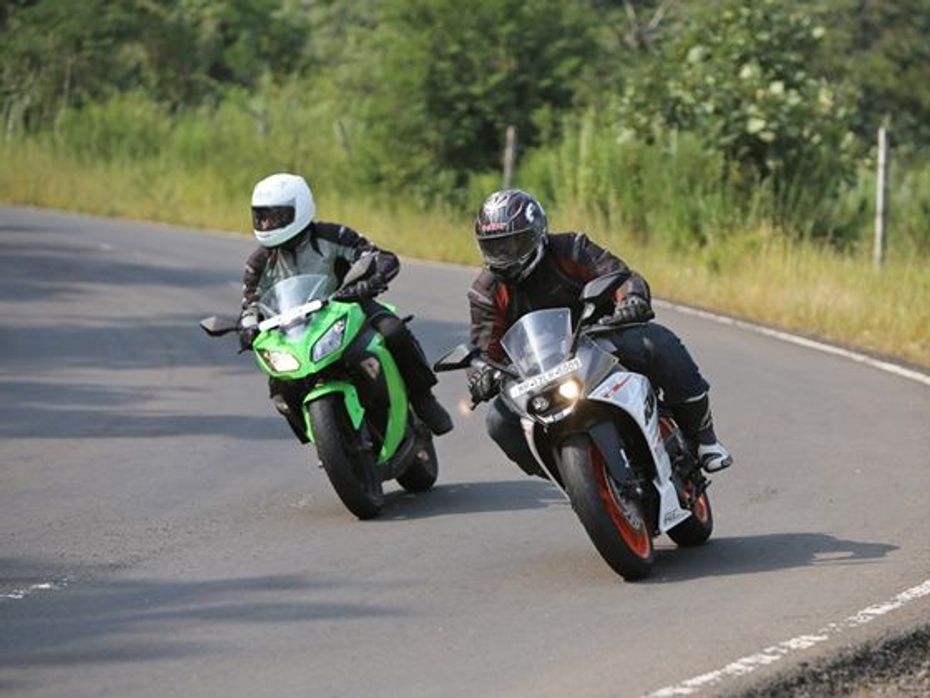
Ride, handling and Braking
This is where the KTM brings out its best side. It's light weight, shorter rake and taller profile makes it exceeding alive and agile. Then the chunky upside down forks and alloy swig-arm (compared to Ninja's conventional forks and box-type swing arm) add to the nimbleness. This is a sharp track tool, perfect to crave out chicane and slice curbs. It almost spontaneously obeys your command, tips and turns so quickly that one has to be aware of what you ask for.
In comparison the Ninja is a lot more forgiving and in turn more reassuring. It's a sharp handling motorcycle which leans in accurately, stays true to the desired line without being fidgety even while doing three digit speeds. And this nature boosts the rider's confidence and allows one to push their limits a little more than they would dare on another machine.
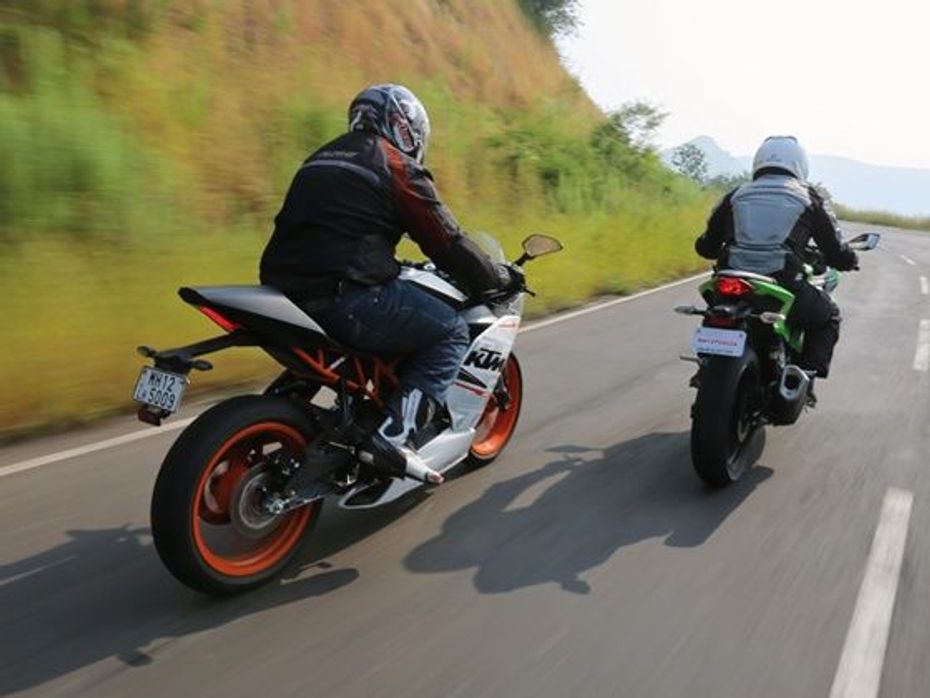
In terms of ride, the damping on the Ninja 300 is perfectly set up without being as firm as the sporty KTM RC 390, yet isn't too limp for spirited riding. The suspension has been tuned to offer a fine balance between ride quality and handling. The RC feels more track focused where the hard seats and stiffer suspension is ideal for sporty riding, but doesn't offer as supple a ride on Indian roads, as the Kawasaki. But it has the advantage of being equipped with ABS as standard which is not even an option on the Ninja 300 available in India. This along with a set of sticky Metzeler tyre, which perform better than the Ninja's IRC tyres, not only give the KTM RC 390 great road grip but also help to bring the bike to halt quicker.
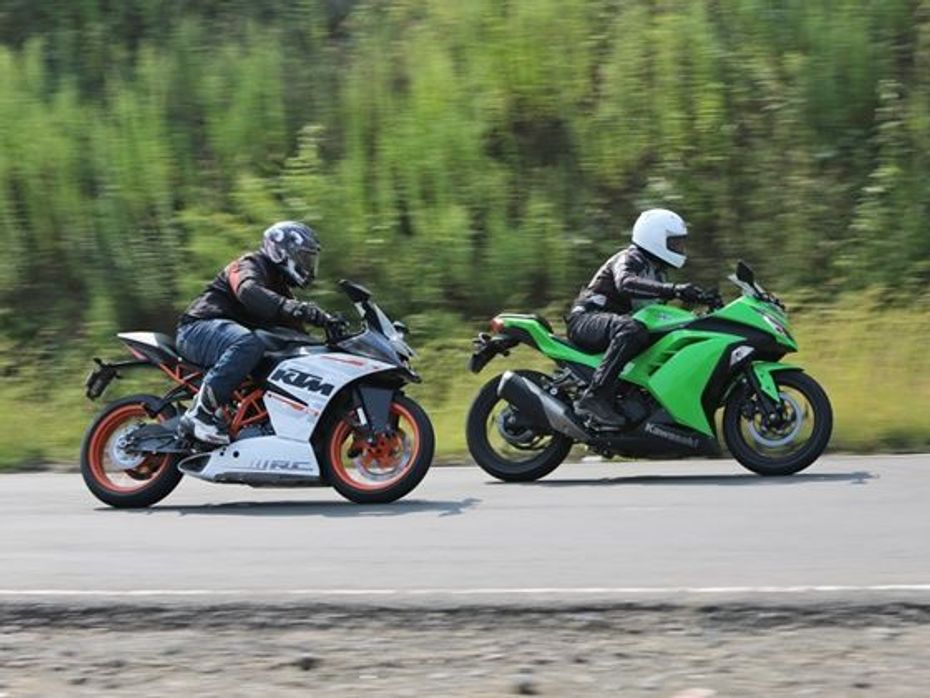
Efficiency and Price
Both the bikes are on par when it comes to fuel efficiency, and would return around 25-30kmpl, but having extra tank capacity of 7-litres the Ninja would get an extended range of about 210km.
With the RC 390, KTM with a little help from Bajaj of course, has done a splendid job of producing a motorcycle in India which is on par if not better than the Ninja 300 and marketing it at just Rs 2.05 lakh (ex-showroom Pune), which is at Rs 1.55 lakh less than the Kawasaki. The Ninja which is imported as CKD units from Thailand and assembled at the Bajaj plant attracts huge taxes and duties, propelling the price to Rs 3.60 lakh (ex-showroom Pune).
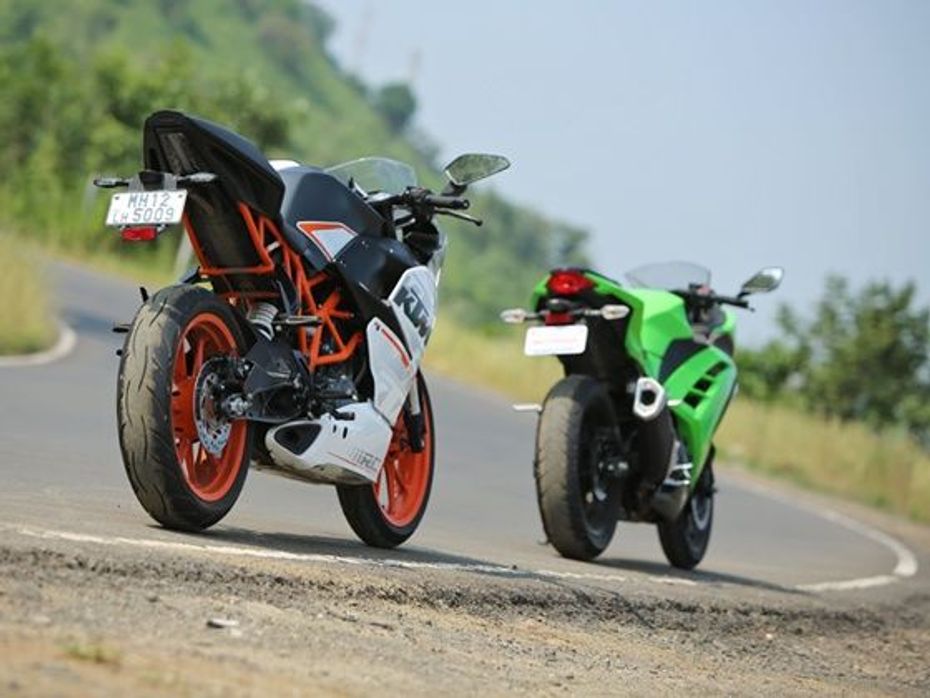
Verdict
Without doubt there is no other bike currently sold in India which offers greater value and supersport performance than the KTM RC 390 for the price. If you have a race track within reach, this is the bike you must have to hone your riding. For city use, however, the ride is firm, the motor not as refined and the riding position a bit too committed for city use. Obviously it's not perfect but comes pretty close to it.
While the twin-cylinder Kawasaki Ninja 300 can manage your city jaunts, long rides and track needs without hesitation. It is a more accomplished motorcycle with better overall quality, but you have to sign a bigger cheque for it.
So, the choice is simple. If you are young at heart buy the Ninja 300 but if you are young at heart and body then go for the RC.

KTM RC 390 vs Kawasaki Ninja 300 Picture Gallery

KTM RC390 vs Honda CBR 250R vs Kawasaki Ninja 300: Spec comparison

KTM RC 390 vs KTM 390 Duke: What's different?

KTM’s future plans for India

KTM & Bajaj Auto to extend partnership in Indonesian market

KTM confirms twin-cylinder engine development

India-spec 2016 KTM RC 390 will not get side mounted exhaust

New KTM RC 390 India launch in January 2016

New KTM 390 Duke launch in 2017

Marc Coma wins 2015 Dakar Rally
India's largest automotive community